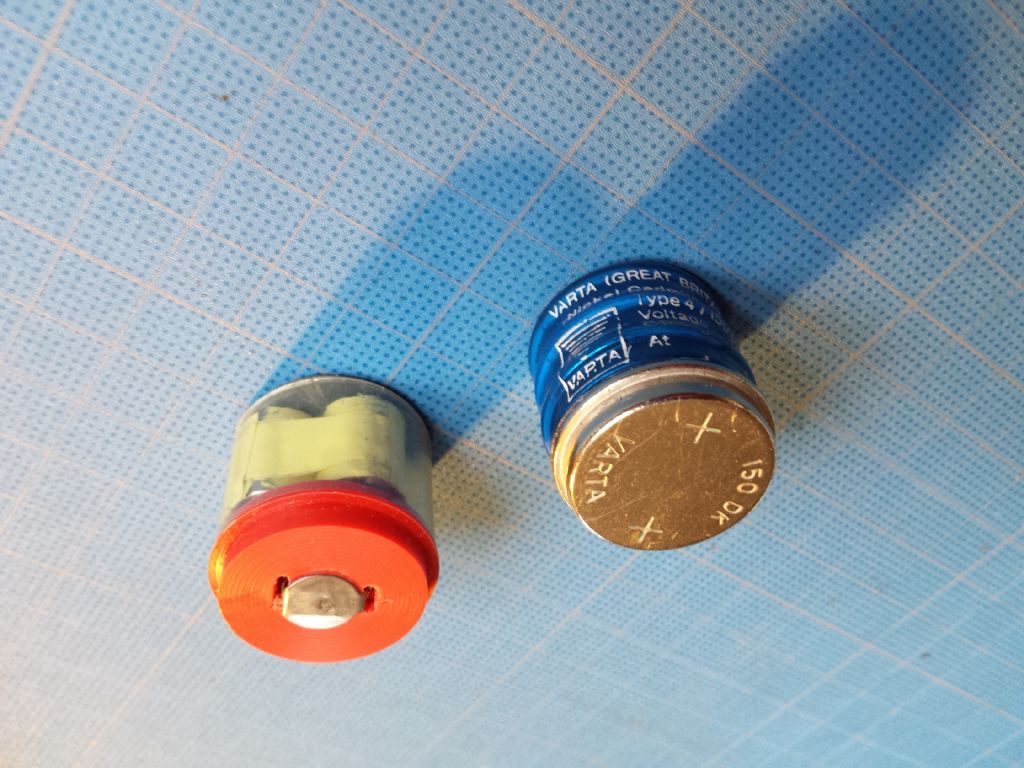Moore & Wright disaster
Moore & Wright disaster
- This topic has 59 replies, 18 voices, and was last updated 3 September 2020 at 13:04 by
 Michael Gilligan.
Michael Gilligan.
- Please log in to reply to this topic. Registering is free and easy using the links on the menu at the top of this page.
Latest Replies
Viewing 25 topics - 1 through 25 (of 25 total)
-
- Topic
- Voices
- Last Post
Viewing 25 topics - 1 through 25 (of 25 total)
Latest Issue
Newsletter Sign-up
Latest Replies
- Magnetic bases – stored on or off?
- What Did You Do Today 2025
- Boxford Cud or ML7
- Drilling Holes In Aluminium Tube
- 30w low voltage PWM controller
- Mystery Object Quiz
- Chester Champion mill 3 phase questions
- Tool post drill?
- Dead flies on the front of the car
- Hydraulic hand pump – air release? What are these screws?






